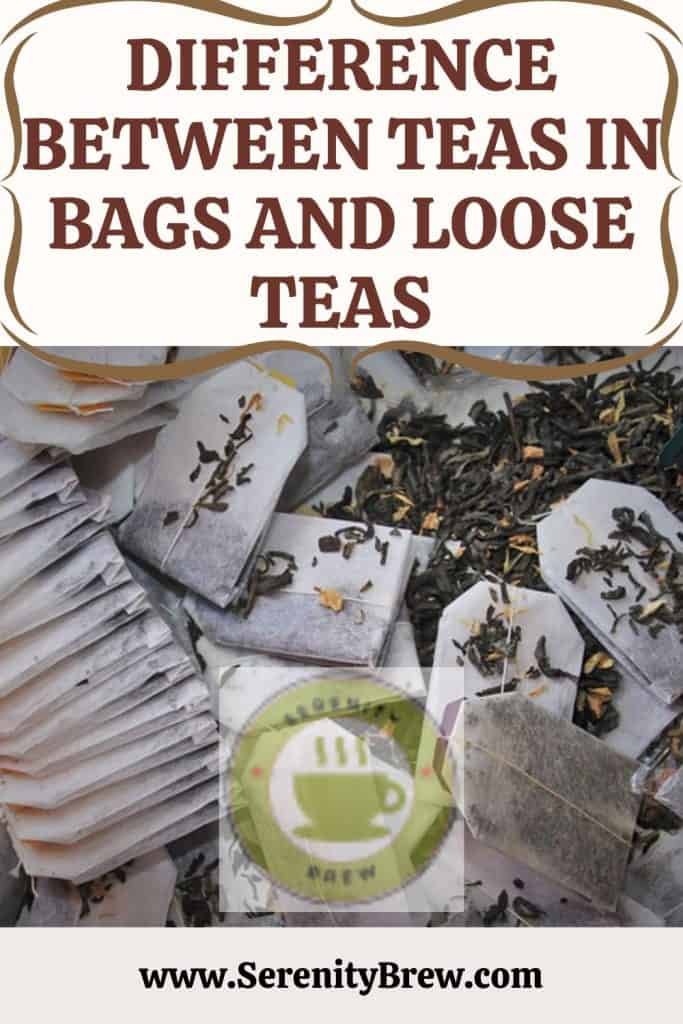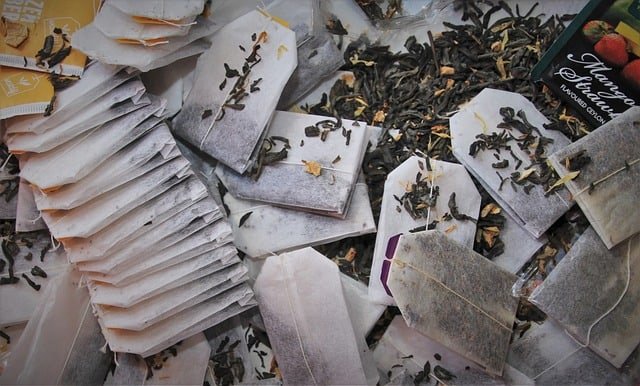
Today the consumption of tea bags represent around 95% of all tea sales in Europe. The tea bags found in supermarkets usually contain the cheapest tea available, producing a low quality tea.
The truth is, tea bags are a relatively new invention, as tea has been served loose for thousands of years, allowing a variety of different methods to be used to separate the leaves from the water. Several ancient books have been found that provide detailed instructions and tips on how to enjoy the loose tea. The most famous of these teachings was written around the year 800, by the Chinese philosopher Lu Yu, called the Ch’a Ching.
The history of tea bags
The first tea bags were actually invented (like many) by accident. Thomas Sullivan, a tea and coffee merchant in New York City who tried to cut sample costs by sending loose tea in small hand-sewn silk bags instead of expensive tins, which was what other merchants used at the time.
Potential customers, confused by this new packaging, poured the bagged tea directly into hot water and Mr. Sullivan began to receive many requests for these “tea bags” and realized that there was a new market with this new shape. for its quick and easy preparation. With silk bags, he made this method of preparing tea seductively convenient.
Tea bags began to appear on the market around 1904 and quickly spread throughout the world. Unfortunately, this convenience is paid for today with a high price, since the use of bags created a problem of undue expansion of the sheets.
In order for a tea leaf to fully release its flavor, it needs a large amount of space. Due to the fact that the sachets have less space, the quality decreased and to solve this problem the answer was to make smaller leaves, in this way less expansion space is needed during the infusion and, as the tea is almost hidden and hardly visible to the final consumer, makes it difficult for people to check the quality of the tea.
Because the size of the leaves no longer matters, traders can buy much cheaper grades of tea, known as ” fannings” or “tea dust” , these are the lowest grades that tea can have. This tea certainly adds color to your cup, but hardly any flavor and so companies are starting to pack the tea leaves in paper filters, which is a much cheaper alternative but allows water to flow through. the tea bag just as easily, further reducing the quality.
Most supermarkets still offer only tea products bagged and of low quality, leaving most consumers with the belief that there is nothing better available. But this is a far cry from the abundance of flavor and aroma found in a cup of premium full-leaf tea.
Modern alternative to tea bags

Tea makers have recently come up with new ideas on how to deal with this problem and have asked themselves, how can consumers keep up the habit without sacrificing quality?
One of the answers that has come is bigger leaves and bigger tea bags. And thanks to modern technology, new ways of manufacturing are now able to use higher quality bags, such as organic tea pyramids that allow more water to flow, giving the cup more flavor.
